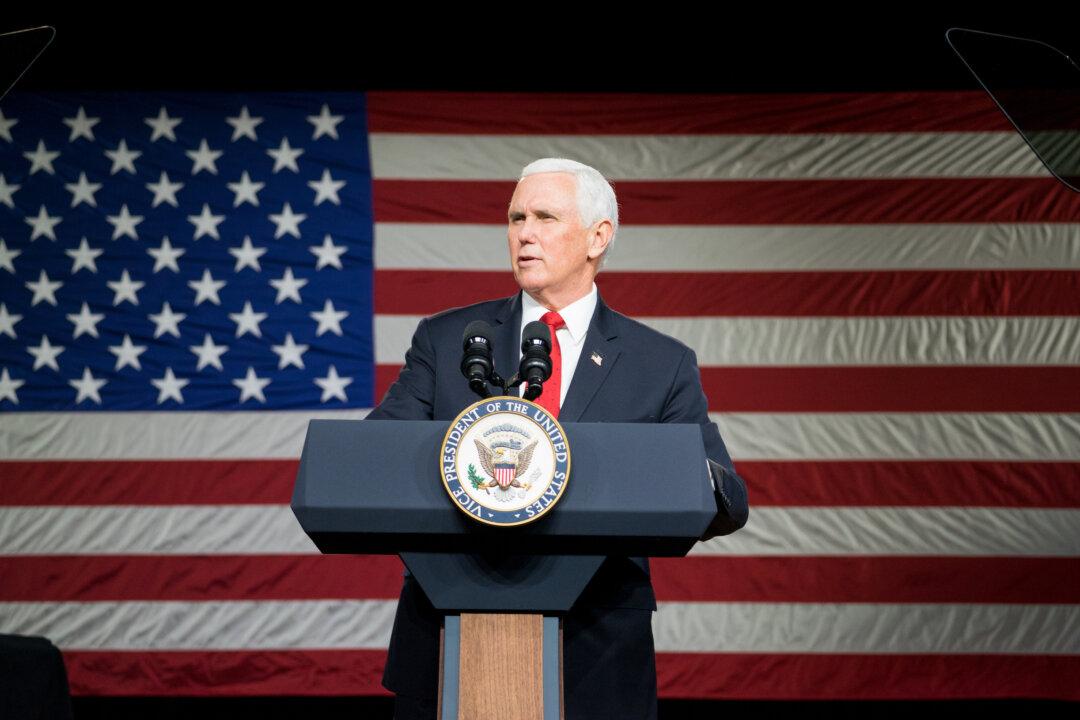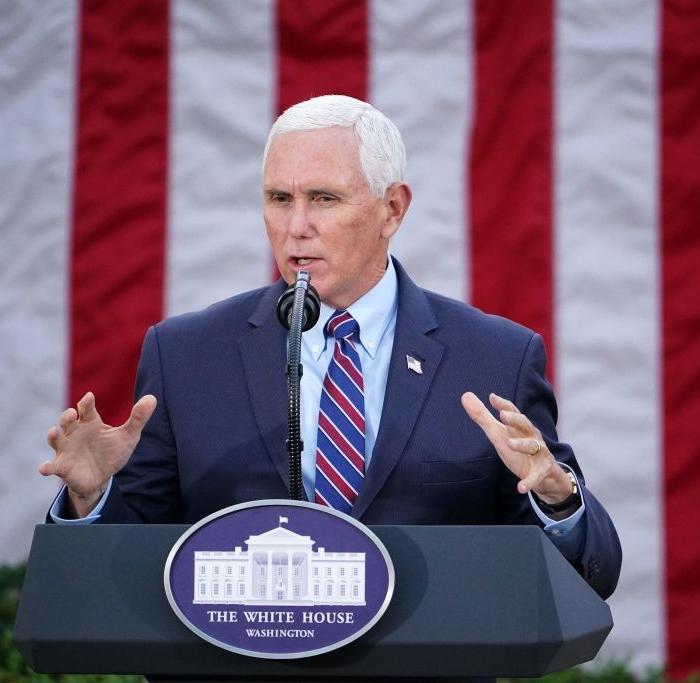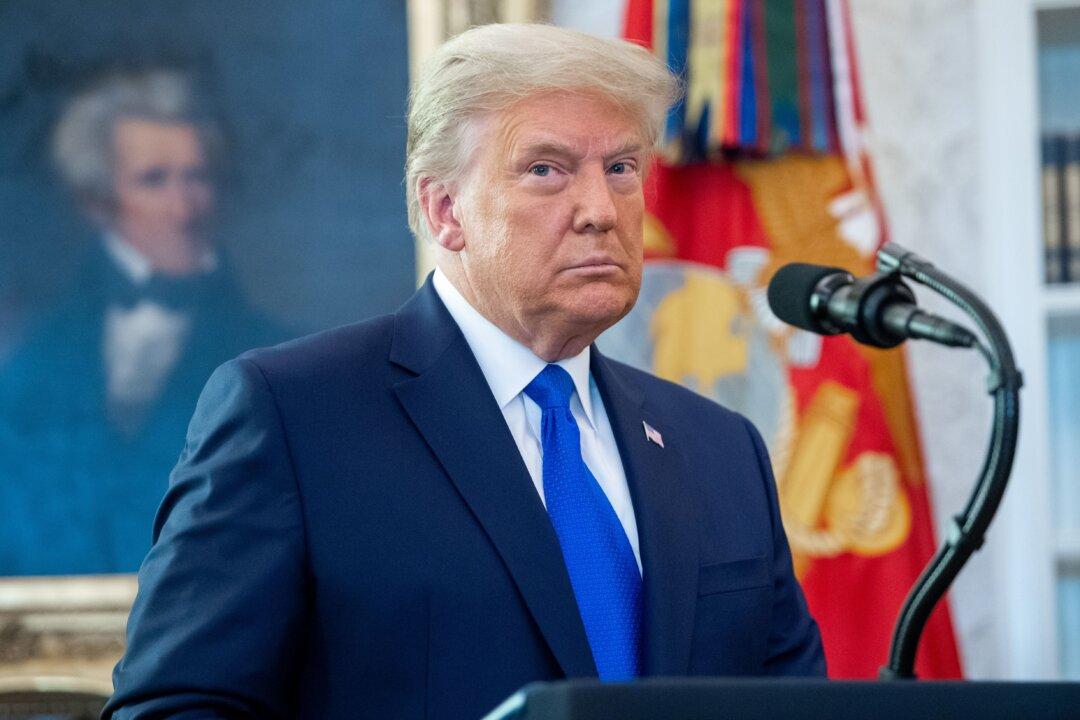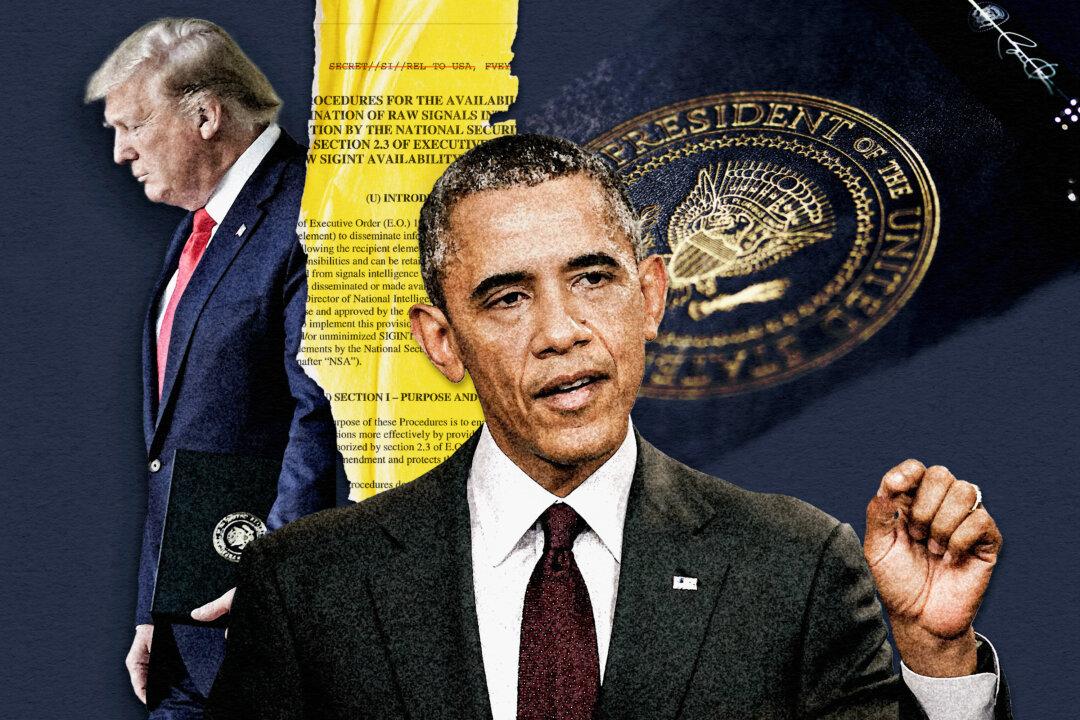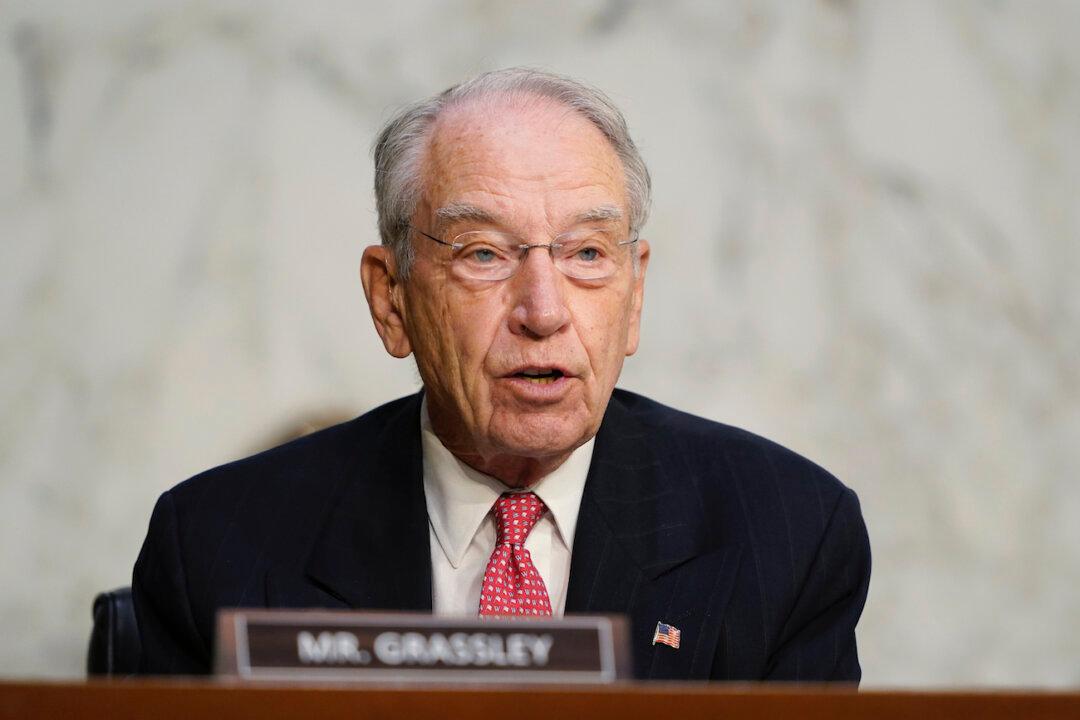As Georgians headed to the polls for the state’s crucial Senate runoffs, a nation anxiously awaits Jan. 6, the date on which the Electoral College votes in our presidential election are to be formally counted.
There’s no small amount of confusion and uncertainty over what might take place on that day. That’s partly because, despite what media pundits may tell you, no one really knows.
“Congress shall be in session on the sixth day of January succeeding every meeting of the electors. The Senate and House of Representatives shall meet in the Hall of the House of Representatives at the hour of 1 o’clock in the afternoon on that day, and the President of the Senate shall be their presiding officer…”
“[T]he President of the Senate shall, in the presence of the Senate and House of Representatives, open all the certificates and the votes shall then be counted.”
There has been much debate around the role of the president of the Senate—particularly when there are competing electoral votes or general confusion about which electoral votes have actually been “certified” in one or more states.
“Each state shall appoint, in such manner as the Legislature thereof may direct, a number of electors, equal to the whole number of Senators and Representatives to which the State may be entitled in the Congress.”
It’s here that the possibility of dueling or competing lectors arises. Should the state legislatures believe that the presidential election was fraudulent, they could then choose to appoint a new, second slate of “competing” electors (also on Dec. 14) and subsequently submit the votes from those electors to the president of the Senate.
What makes our current situation even more confusing is that seven states—Arizona, Georgia, Nevada, New Mexico, Michigan, Pennsylvania, and Wisconsin—all have submitted an alternate slate of electors, although none of these electors were officially sanctioned and the state legislatures are technically out of session until Jan. 6.
“[W]hat matters is whether or not Congress receives a submission of electoral votes from a state, not whether that submission is legally valid according to some standard that Congress might not recognize as binding.”
In other words, the competing slate of electoral votes may be more viable than many media reports would suggest. The individual that could determine their validity is the president of the Senate: Pence.
There have been many arguments regarding the power of Pence’s role. Is he to simply open the votes and allow for them to be counted and then recorded? Or is he actually invested with the authority to become the ultimate arbiter of which votes are to be counted?
“Given the language of the Twelfth Amendment, whatever its ambiguity and potential policy objections, there is no other possible single authority to identify for this purpose besides the President of the Senate.”
But Foley questions who is to perform the actual counting and states that there’s no constitutional provision in the event of a dispute:
“[T]his language contains no provision for what to do in the event of a dispute, whether with respect to the “certificates” to be “open[ed]” or with respect to the “votes” contained therein. It certainly says nothing about what to do if the President of the Senate has received two conflicting certificates of electoral votes from the same state.”
Unlike the 12th Amendment, which appears to vest all power within Pence, the ECA brings both congressional houses into play and shifts electoral power away from constitutionally designated state legislators and toward state governors. It also eliminates the “contingent election” role of the House.
“First, while the 12th Amendment grants no role whatsoever to the Senate, the ECA grants the Senate equal control over objections, as they must pass the Senate and the House.
“Second, the ECA provides that in the absence of objections passing in both houses, the slate certified by the governor of the state controls. This is nowhere provided in the 12th Amendment.
“Third, by providing for governor-certified slates to be counted even if there are dueling slates of electors—absent objections passing in both houses of Congress—the ECA eliminates and replaces the contingent election procedure set forth in the 12th Amendment, because by virtue of counting the governor-certified slates, the dispute is resolved (though not in the manner set forth in the Constitution, i.e., the 12th Amendment), and never reaches the House (for a contingent election).”
Meister also notes that the ECA “violates Article II, the Electors Clause, because it gives the final say over electors to the state’s executive branch (its governor), while Article II grants that power exclusively, and in a non-delegable way (according to the U.S. Supreme Court), to the state legislatures.”
“The terms of the President and Vice President shall end at noon on the 20th day of January”
In other words, Jan. 6 is not the drop-dead deciding point that it’s so often made out to be. There are several scenarios, particularly in relation to this election, where the selection of the new president and vice president could move out toward, and perhaps even beyond, Jan. 20.
- Pence could view his role as nothing more than the opener of the ballots—thereby allowing for congressional use of the Electoral Count Act to determine the president.
- Pence could refuse to count any ballots from the contested states that have competing electors.
- Pence could, theoretically, select the alternate electoral slate that is for President Trump.
- Pence could select the governor-certified votes in favor of Biden.
- Pence could defer his decision—allowing state legislatures the opportunity to formally reconvene and decide if they want to decertify Biden’s votes.
If Pence views his role as a passive one, thereby allowing for congressional implementation of the ECA, an interpretative quagmire could arise if there is a disagreement between the House and the Senate during the employment of the ECA. Additionally, although not entirely clear-cut, there is a section within the ECA that states that certificates with the governors’ signatures must be the ones accepted:
“But if the two Houses shall disagree in respect of the counting of such votes, then, and in that case, the votes of the electors whose appointment shall have been certified by the executive of the State, under the seal thereof, shall be counted.”
There are also some legal positions that counter the acceptance of the electoral votes certified by the governors, although this requires participation from a Mitch McConnell (R-Ky.)-led Senate.
As Foley notes, “Several scholars, including one from the Congressional Research Service, assert that when multiple submission of electoral votes from the same state all claim ’safe harbor‘ protection, none can be counted—not even one bearing a gubernatorial certificate—unless both houses of Congress agree upon which submission is entitled to this ’safe harbor’ status.”
In what is the least likely of scenarios, Pence could select the Trump electors over the governor-certified electors, citing the widespread allegations of fraud. This, too, would certainly be subject to immediate legal challenge, and might provide for a tenuous legal outcome.
If Pence chose to select the Biden electoral votes, it would seem likely that the election would, practically speaking, be over with Biden declared the winner.
This brings us to the last option listed above: Pence could announce that he was deferring his decision, which would have several effects. It would remove or forestall the power of Congress to enact usage of the Electoral Count Act. It would provide time for further examination and presentation of evidence regarding claims of fraud that took place in the election—something that was never actually looked at by the courts. And it would allow the states to have official legislative sessions to determine if they felt it necessary to decertify the results that were originally for Biden.
“What Mike Pence could do, and what he should do, in fact, is to direct a question back to the state legislatures when there are two competing slates of delegates from these six states. He can ask that question to the states and say, ‘Well, state legislators, you know, I have an oath to the Constitution to uphold the Constitution as written in Article II Section 1.2, which says the state legislatures direct the manner in which electoral delegates are selected.
“‘So you tell me which of these two slates was selected in the manner that your state general assembly has designated.’”
As Ellis noted, this would be “returning the authority to the constitutionally vested entity,” which should then require some sort of official response from the state legislatures.
In a sub-plot of this option, Pence could also refuse to open the votes, declaring that he believes them to be the result of fraud, with a request for Supreme Court intervention. Where this action might lead is unknown, since the Supreme Court could refuse to intervene, perhaps forcing the issue back to Congress.
Pence is being put into a position of unprecedented pressure. The only person who knows what action he will take is himself. And even he may not know with certainty.
Notably, Georgia Sen. Brandon Beach told The Epoch Times that he believed that “several senators from Pennsylvania, Wisconsin, and Arizona also wrote letters sent to the Vice President,” asking him to “at least delay it 10 to 12 days.”
